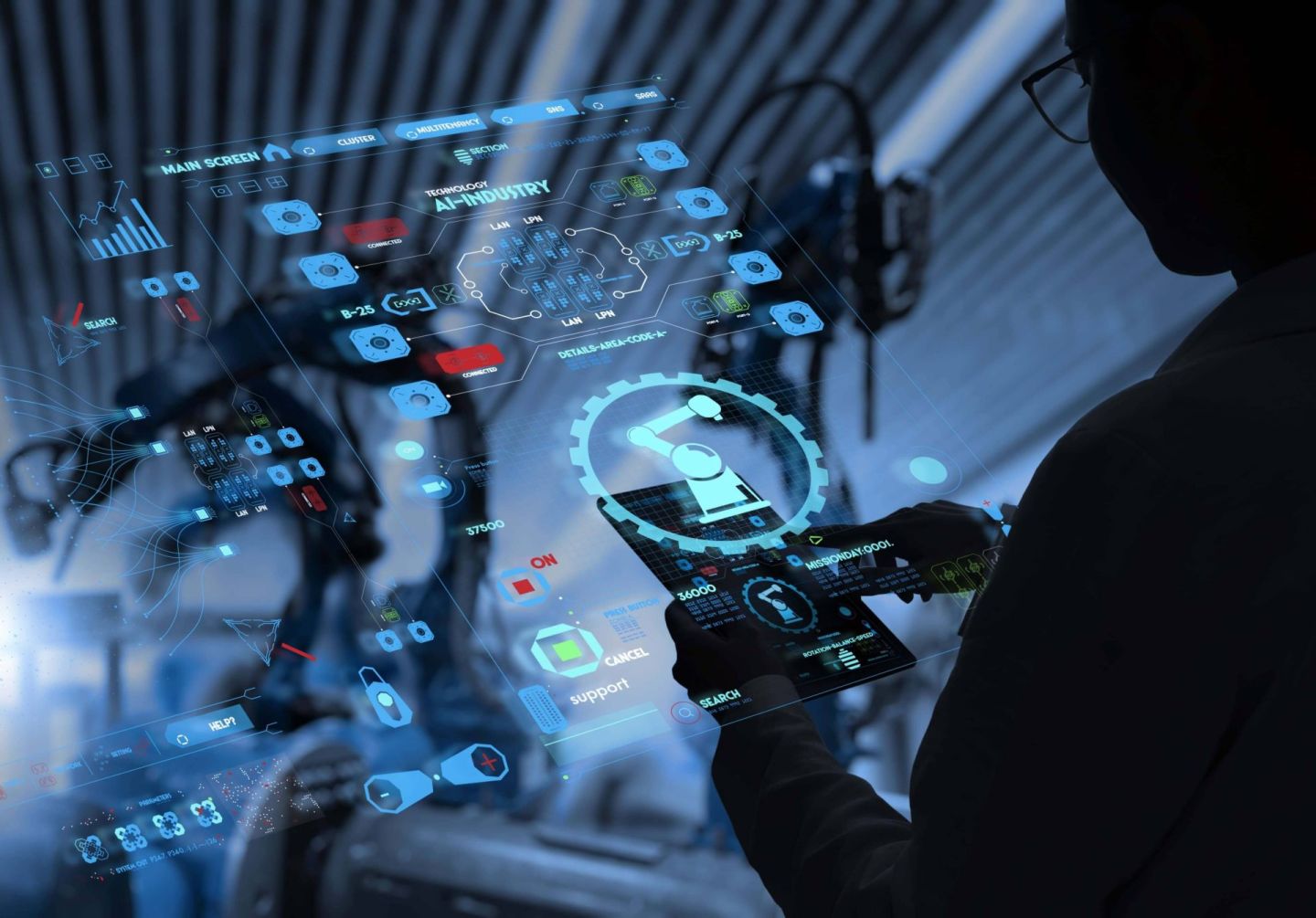Industry 5.0 Barometer 2025: a Franco-German view on AI and digital transformation
Published October 7, 2025
- Industry
- Industry 5.0

Key takeaways
- Productivity: in a challenging and uncertain economic context, companies are particularly focused on the contribution of digital transformations to operational performance.
- Data & AI: manufacturers have quickly invested in AI and are seeing initial tangible results with operational use cases of generative AI.
- Scaling-up: in both Germany and France, upgrading sites on technical fundamentals is the primary obstacle to scaling.
- Sustainability & human factor: although productivity and quality remain the main drivers of industrial digitalization, CSR continues to gain ground in Industry 5.0 initiatives.
A Franco-German edition at the heart of industrial transformation
Based on 600 respondents in France and Germany, the Industry 5.0 Barometer 2025 explores how digital transformation, AI, and CSR drive industrial performance. This Wavestone study, conducted in partnership with France Industrie, La French Fab, and Hub France IA, highlights maturity, scaling challenges, and ROI gaps across Europe.
Industry 5.0 Barometer 2025
pdf · 1082KO
Download the Barometer to benchmark your company’s digital maturity
Today, operational excellence depends on a systemic approach that integrates the People, Planet, Profit dimensions to design tomorrow’s solutions and ensure long-term competitiveness.
AI being a tool, it comes with its obstacles. The first level of complexity is data collection, the second challenge is contextualization, and the third one is adoption.
Industry 5.0 Barometer 2025
pdf · 1082KO
Download the Barometer to benchmark your company’s digital maturityWe would like to thank the following contributors: Hortense Phan, Seif Bouchoucha, Corentin Le Bouëdec, Nicolas Fourquet, and Safae Adaskou.